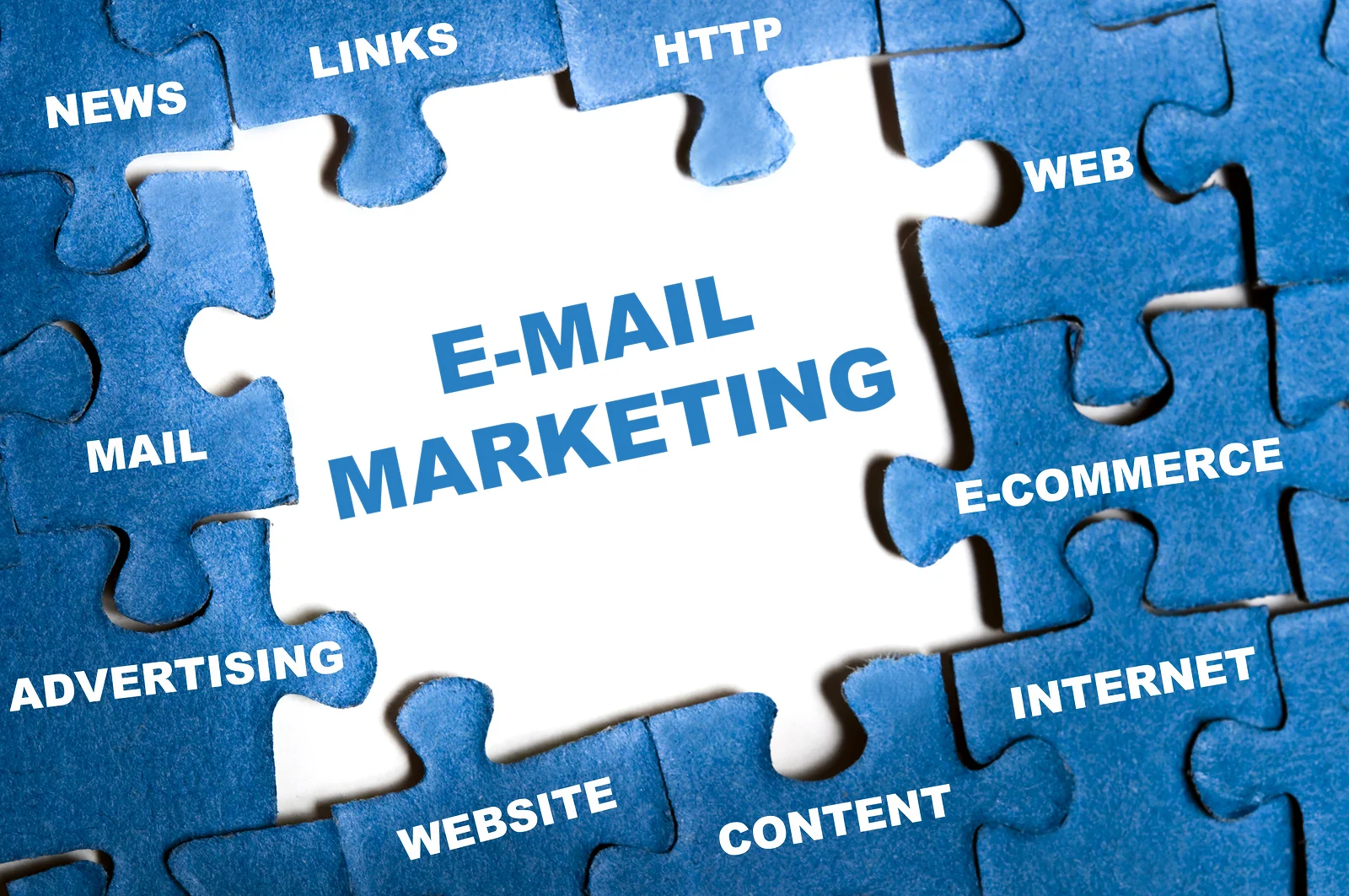Table of Content
Table of Content
Choose the Right Ad Format
Email Marketing Tips for Boosting E-commerce Sales

by Hira
- Ecommerce
- July 25, 2024

Email marketing is an incredibly powerful yet often underutilized tool in the digital marketing toolkit. While many businesses focus heavily on Facebook and TikTok ads, they often overlook the potential of email marketing to significantly boost the revenue of their e-commerce brands.
Why Email Marketing?
Many businesses capture emails through their websites and run ads to generate sales, but they seldom leverage the full potential of their email lists. Sending regular, well-crafted emails can add an additional 20-30% to your monthly revenue. The strategies discussed in this blog are designed to help you harness the power of email marketing effectively.
Emails can help you with a variety of objectives including but not limited to the following
- Bring in new visitors
- Retarget interested users
- Reach those who abandoned their carts
- Engage your regular customers with relevant and persuasive offers
The Framework for Successful Email Marketing
Segmenting Your Email List
One of the most effective strategies in email marketing is segmenting your email list. This means categorizing your subscribers based on their behavior and interactions with your site. For instance:
- New Sign-Ups: Those who sign up for a special offer.
- Purchasers: Those who have made a purchase.
- Cart Abandoners: Those who added items to their cart but didn’t complete the purchase.
Segmenting allows you to send personalized emails that address specific customer actions and needs, leading to a potential 70% increase in revenue.
Welcome Emails
Welcome emails are crucial as they generate up to 320% more revenue per email than promotional emails. When a customer makes a purchase, send them a welcome email introducing them to your brand. This not only increases brand loyalty but also enhances customer engagement.
Automated Triggered Emails
Automation is key in email marketing. Automated triggered emails result in eight times more opens and significantly higher earnings than typical bulk emails. Here are some essential automated emails to set up:
1. First Purchase Remarketing
Send an email 4-7 days after the first purchase, offering a discount for sharing with friends or buying another item. This can increase customer return rates and average order values.
2. Request Review Email
Send this email 7-9 days after the purchase to ask for a review. Customer reviews are vital for building trust and increasing conversion rates.
3. Incentivise Second Purchase
Offer a unique discount code to customers who haven’t made a second purchase. This email, sent a few weeks or a month after the initial purchase, can re-engage customers and encourage them to explore more products.
Add to Cart Recovery Emails
Many customers abandon their carts for various reasons, but this doesn’t mean they’re not interested. Recovery emails can help recapture these potential sales.
1. First Add to Cart Recovery
Send this email within 30 minutes to 6 hours after the cart is abandoned. Use a customer service tone and highlight any unresolved concerns, such as shipping costs or product details.
2. Second Add to Cart Recovery
Send a follow-up email a day later offering a new customer discount. Reiterate the benefits of your product and provide a unique coupon code.
3. Third Add to Cart Recovery
This email should create a sense of urgency. Mention a limited-time offer or discount to encourage immediate action.
Crafting a Flawless Ecommerce Email Campaign
The success of your e-commerce email campaign depends upon correctly identifying where in the consumer journey your prospect is and tailoring your email messaging to target them effectively. By segmenting your email campaigns according to the different stages of the buyer’s journey—awareness, consideration, and action—you can deliver personalized and relevant content that resonates with your audience, driving engagement and conversions.
Awareness Stage Emails
At the awareness stage, your goal is to make potential customers aware of your brand and what you offer. These prospects might not know your brand exists, so your emails should focus on:
- Introducing Your Brand and Values: Share your brand story, mission, and values. Let potential customers know what sets you apart from the competition and why they should care.
- Highlighting Unique Selling Points: Clearly communicate what makes your products or services unique. This could be your product’s quality, innovation, pricing, or any special features.
- Providing Valuable Content: Offer helpful content that addresses common problems or needs your target audience faces. This could be in the form of blog posts, guides, how-to videos, or infographics. For example, if you sell skincare products, an email with a guide on how to maintain healthy skin during winter can be valuable.
Consideration Stage Emails
In the consideration stage, prospects are evaluating different options and trying to decide which product or service best meets their needs. Your emails should help them understand why your product or service is the best choice by:
- Sharing Customer Testimonials and Reviews: Social proof is powerful. Include testimonials, case studies, or reviews from satisfied customers to build trust and credibility.
- Offering Comparisons: Provide comparisons between your product and competitors, highlighting your advantages. Use charts or lists to make these comparisons easy to digest.
- Providing Detailed Product Information: Share comprehensive details about your product’s features, benefits, and how it solves the prospect’s problem. Include videos or infographics to make the information more engaging.
Action Stage Emails
At the action stage, your goal is to convert prospects into customers. These emails should be direct and compelling, focusing on driving immediate action. This stage is where you primarily use email sales letters.
Essentials of a Perfect Ecommerce Email Sales Letter
- Irresistible Offer: Present a compelling deal or discount that’s hard to refuse. This could be a limited-time offer, a special discount, a free trial, or a bundle deal.
- Appealing Visuals: Use high-quality images and engaging design to capture attention. Visuals should highlight the product, showcase its features, and create a sense of urgency.
- Clear CTA (Call-to-Action): Ensure your call-to-action is straightforward and easy to follow, guiding the prospect toward making a purchase. Use action-oriented language like “Shop Now,” “Claim Your Discount,” or “Buy Today.”
Conclusion
Email marketing, when done right, can be a game-changer for your business. By segmenting your email list, sending personalized and automated emails, and strategically targeting cart abandoners, you can significantly boost your revenue without additional advertising costs. Start implementing these strategies today and watch your sales soar.
